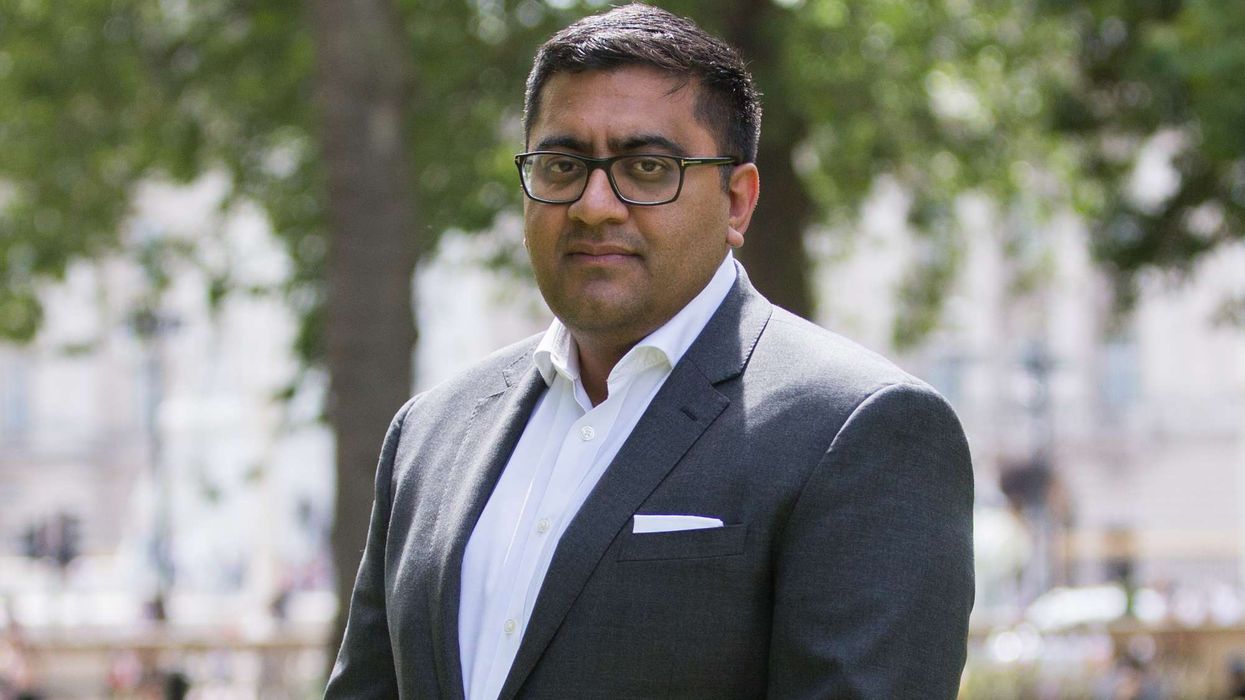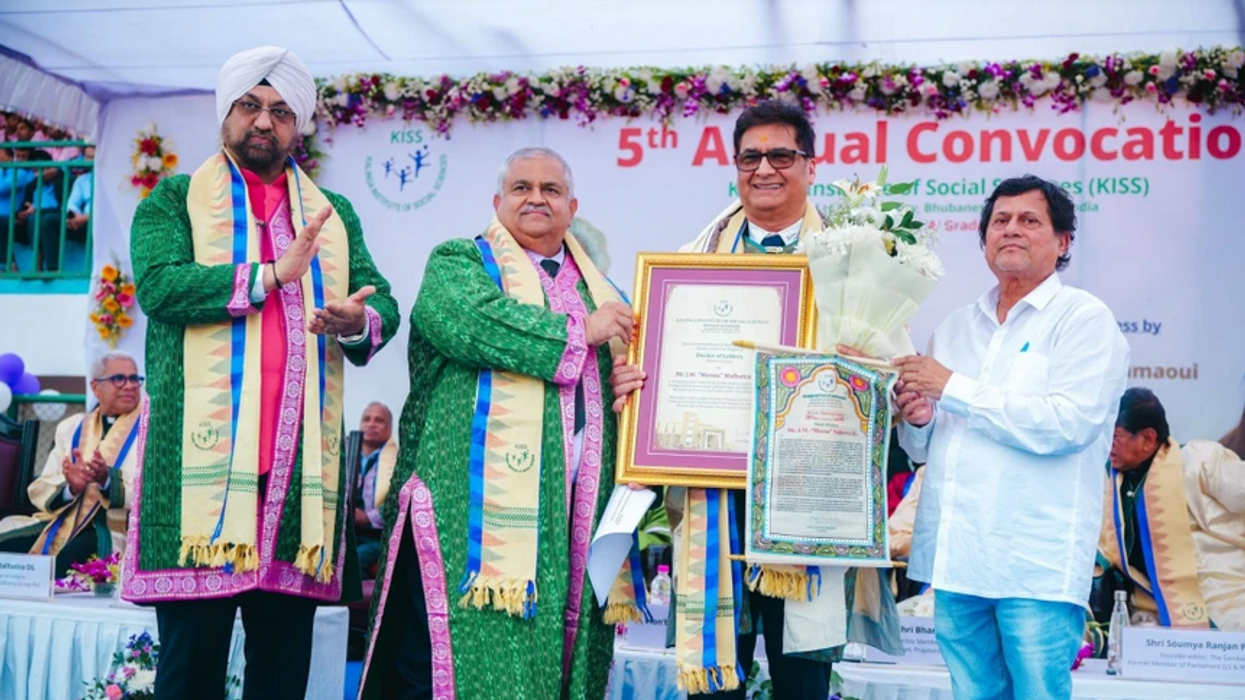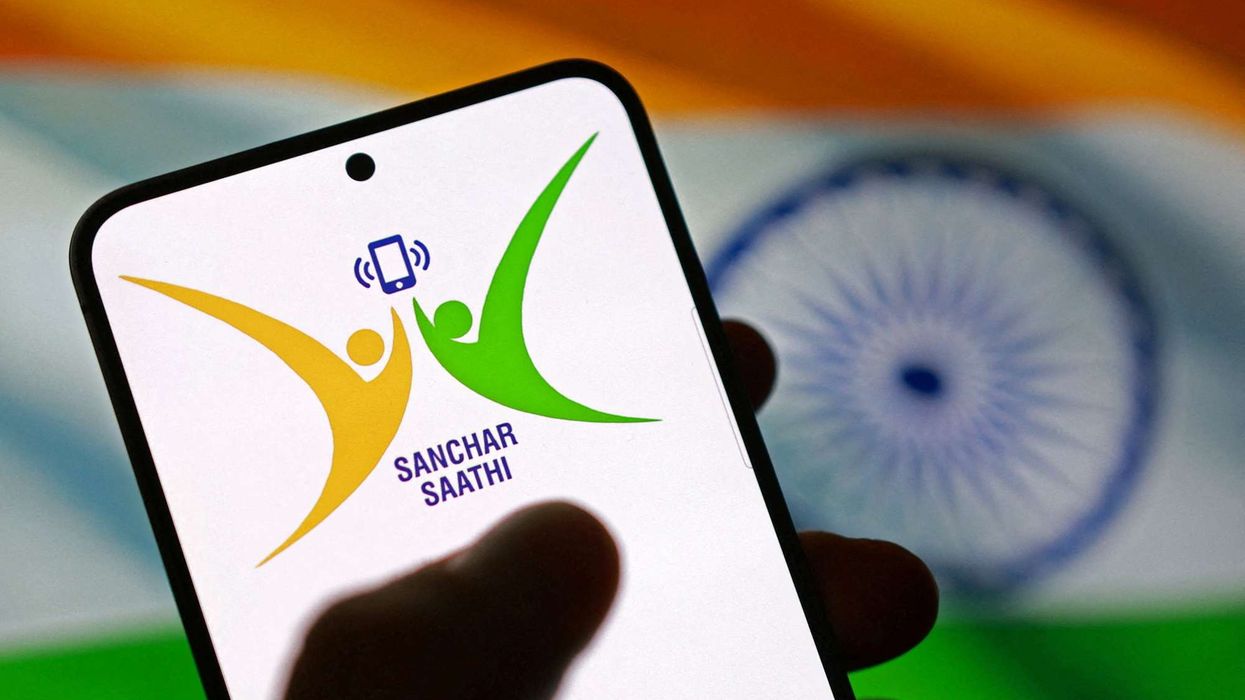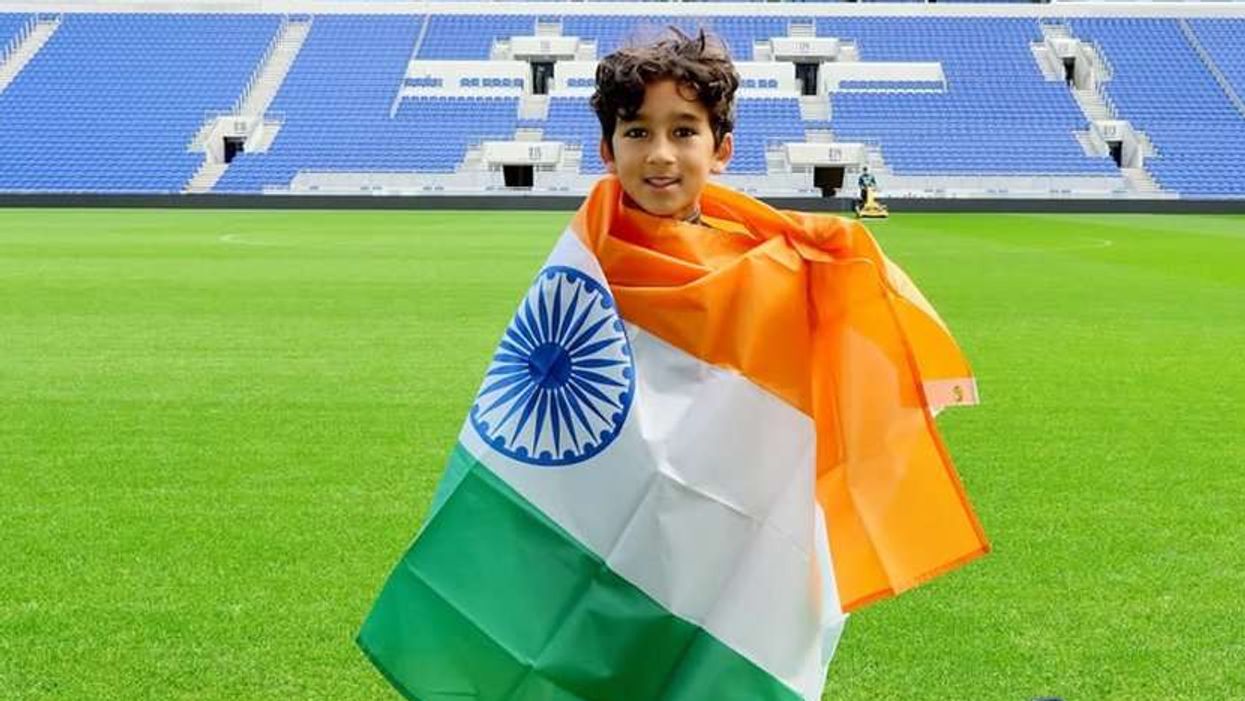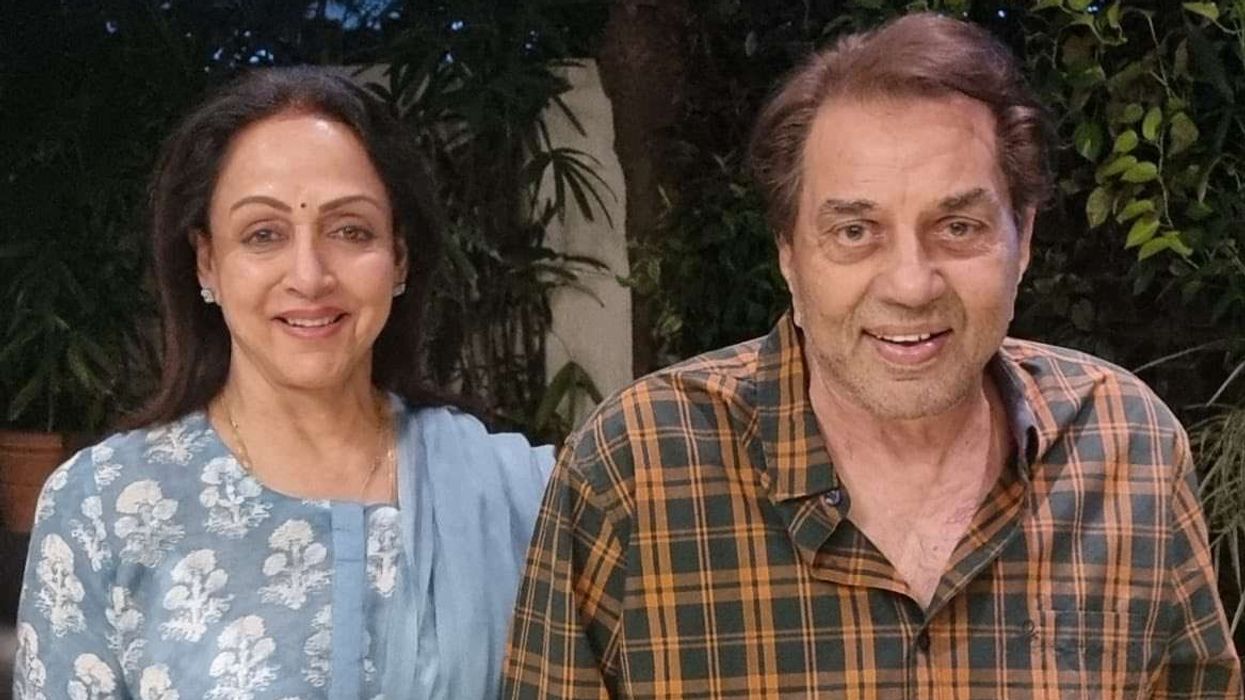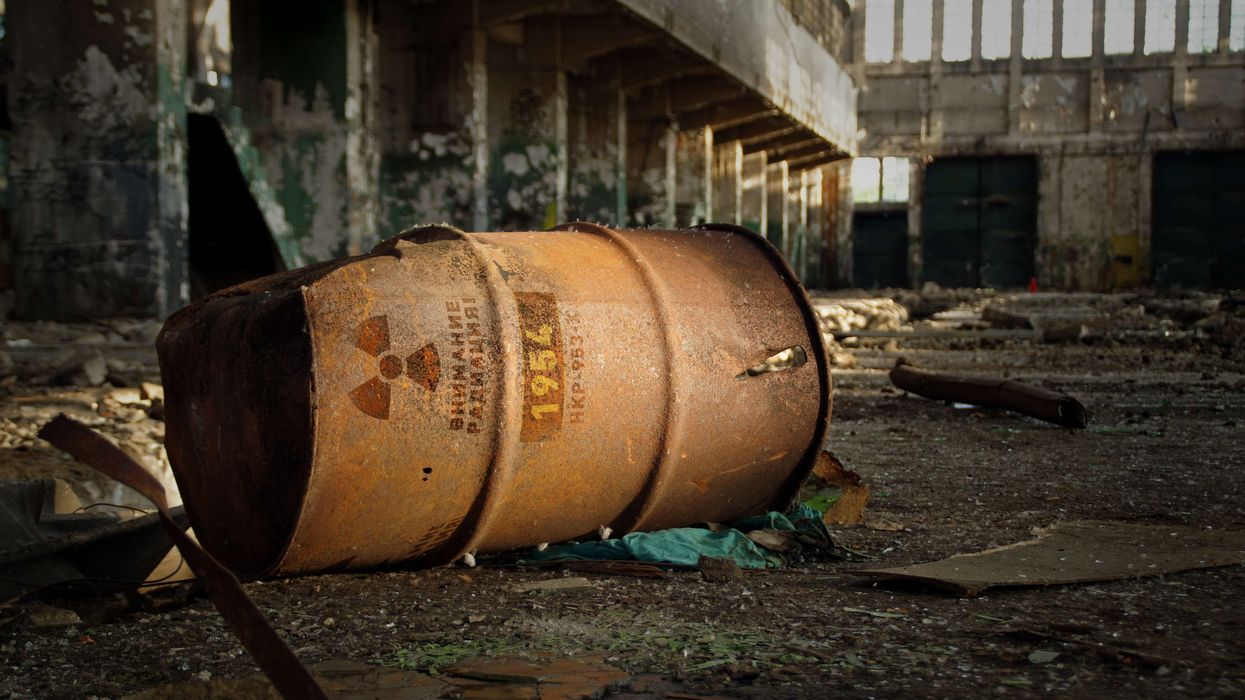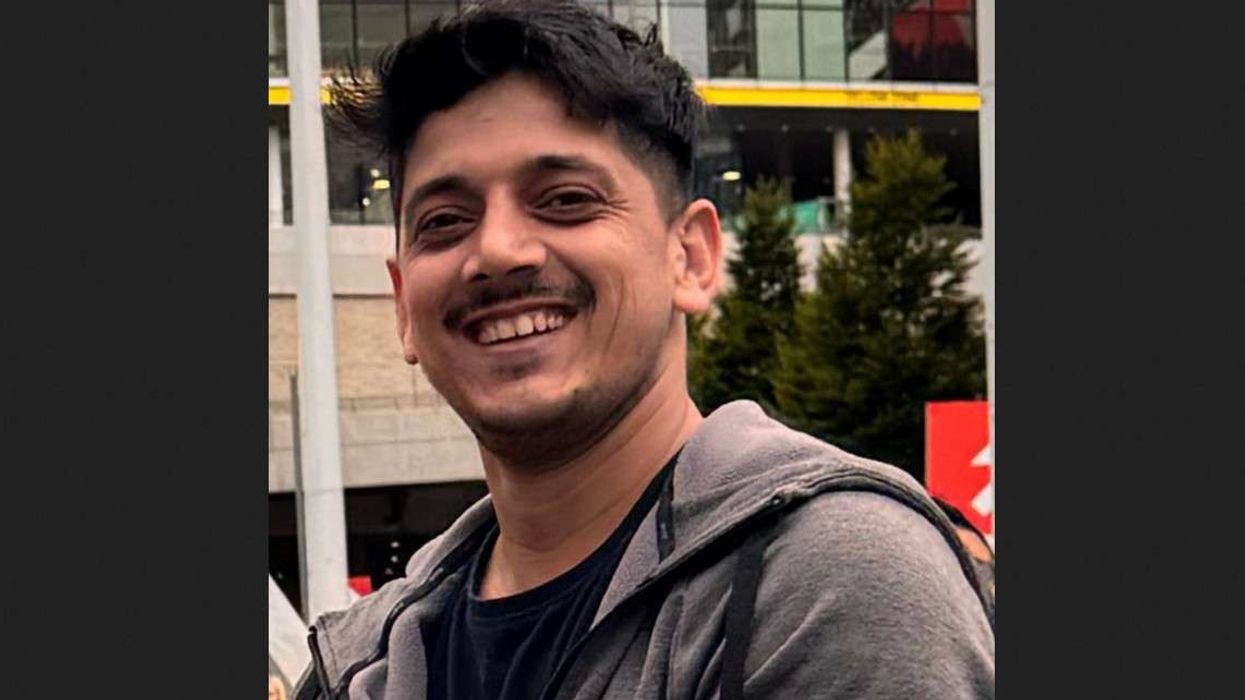India’s Defence Minister Rajnath Singh has approved the framework for constructing the country’s most advanced stealth fighter jet, the Ministry of Defence announced on Tuesday. The decision comes amid a renewed arms race with Pakistan, weeks after a brief military conflict between the neighbouring nations.
China has already developed, showcased, and tested its sixth-generation aircraft — known as the J-36 — built by Chengdu Aircraft Corporation, and is reportedly aiding Pakistan in enhancing its air capabilities.
The Indian stealth fighter programme will be executed by the state-run Aeronautical Development Agency. The agency will gradually invite expressions of interest from defence firms to develop a prototype of the twin-engine fifth-generation warplane.
This project marks a significant development for the Indian Air Force (IAF), whose fleet — primarily consisting of Russian and ex-Soviet aircraft — has declined to 31 squadrons, well below the sanctioned strength of 42. The project has gained urgency in light of Pakistan's acquisition of the J-10, one of China’s most advanced fighter jets.
India’s stealth fighter initiative is seen as a direct response to reports that China is fast-tracking the delivery of stealth aircraft to Pakistan in a bid to counterbalance India’s air superiority.
The nuclear-armed neighbours engaged in a four-day military confrontation earlier this month, involving fighter jets, missiles, drones, and artillery, before a ceasefire was brokered by US President Donald Trump. It marked the first time both South Asian nations deployed drones in combat, sparking an ongoing drone arms race.
The defence ministry said India will collaborate with a domestic firm for the stealth fighter project. Companies may bid independently or form joint ventures, and both private and state-owned firms are eligible to participate.
A government defence committee convened in March recommended increased participation of the private sector in military aircraft production. This move is intended to boost the IAF’s capabilities while easing pressure on state-run Hindustan Aeronautics Limited (HAL), which currently manufactures most of India’s military aircraft.
Air Chief Marshal Amar Preet Singh previously criticised HAL for the delayed delivery of the Light Combat Aircraft (LCA) Tejas, a 4.5-generation fighter. He also pointed to General Electric’s delays in engine delivery, which the company attributed to ongoing global supply chain disruptions.

